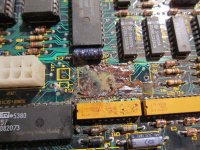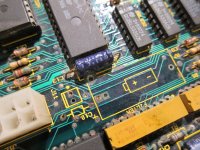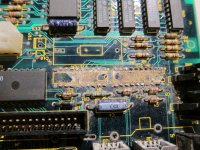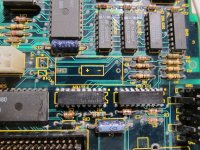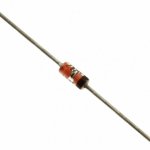LaPorta
Well-known member
Hey everyone,
In another thread, I wrote that I picked up an SE FDHD from a garage sale. MB was seriously Maxell bombed...now trying to clean up the aftermath and get it working again. There are a few parts that need to be replaced for sure:
-One is the MB speaker connector. Those seem pretty generic, is there a good source for those? Mine was literally corroded off the board.
-The little glass C10 was also cooked right off the board into rusty oblivion. These little glass things I am not familiar with. The only markings are that is has a 50V maximum, and is marked as 104 Z. What kind of part is this?
I'll get pics up when I can of progress.
In another thread, I wrote that I picked up an SE FDHD from a garage sale. MB was seriously Maxell bombed...now trying to clean up the aftermath and get it working again. There are a few parts that need to be replaced for sure:
-One is the MB speaker connector. Those seem pretty generic, is there a good source for those? Mine was literally corroded off the board.
-The little glass C10 was also cooked right off the board into rusty oblivion. These little glass things I am not familiar with. The only markings are that is has a 50V maximum, and is marked as 104 Z. What kind of part is this?
I'll get pics up when I can of progress.


